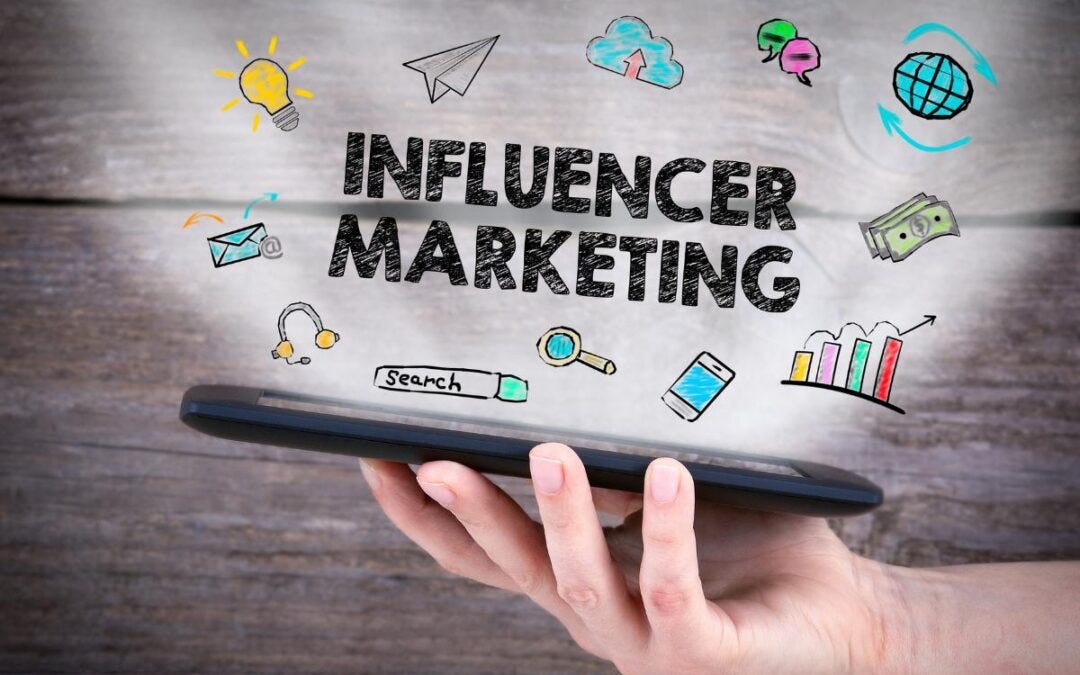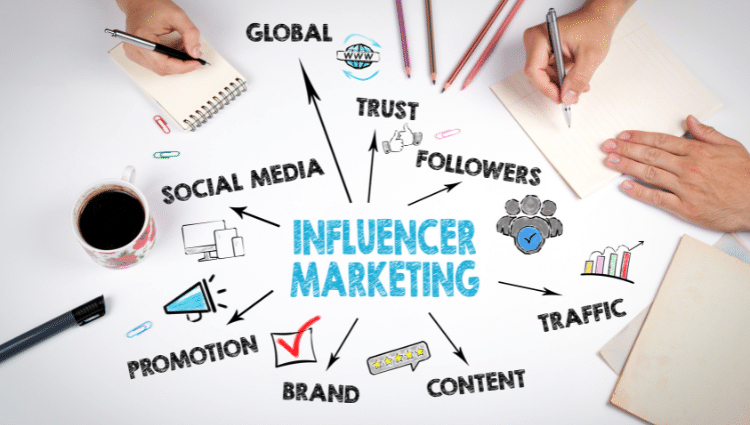Influencer Marketing: A Complete Guide
In today’s digital landscape, influencer marketing has become one of the most effective tools for brands to reach their target audience. This marketing approach involves partnering with individuals who have a large and engaged following on social media, blogs, or other digital platforms. These influencers promote products or services to their audience, leveraging their trust and authority. In this article, we’ll explore the key aspects of influencer marketing, as well as the benefits and potential downsides.
1. 
Influencer marketing is a type of social media marketing that leverages endorsements and product mentions from individuals (influencers) who have a dedicated social following. These influencers can be categorized into various tiers based on the size of their audience:
- Nano-influencers (1K–10K followers): Small yet highly engaged communities.
- Micro-influencers (10K–100K followers): Focused and niche audiences.
- Macro-influencers (100K–1M followers): Broad reach, often with a more general audience.
- Mega-influencers (1M+ followers): Typically celebrities or well-known personalities with wide, mainstream influence.
2. How Does Influencer Marketing Work?
Brands collaborate with influencers to create content that promotes their products or services. The influencer creates authentic, engaging content, typically in the form of posts, stories, or videos. This content is shared with their audience, encouraging their followers to consider or purchase the brand’s offerings.
The relationship between brands and influencers can be paid (monetary compensation), product-based (free products in exchange for reviews), or based on commission through affiliate links.
3. Positive Aspects of Influencer Marketing
a. Authenticity and Trust
Influencers often develop close relationships with their followers, who see them as more relatable and trustworthy compared to traditional advertisements. Followers are more likely to take product recommendations from someone they admire or feel connected to.
b. Targeted Reach
By choosing influencers whose audience aligns with a brand’s target market, businesses can reach specific groups of people who are more likely to be interested in their products. This ensures that the marketing effort is more effective and focused.
c. Creative Content
Influencers are content creators. They bring a creative and personal touch to their promotions, making them more engaging and appealing to their audience. This type of organic content often performs better than traditional ads.
d. Improved Brand Awareness
Influencer marketing can significantly enhance brand visibility and awareness. Whether working with a small, niche influencer or a massive celebrity, brands can introduce themselves to a large number of potential customers.
e. SEO Benefits
Mentions of a brand or links from influencer blogs and social media profiles can help improve a website’s search engine ranking, driving organic traffic and boosting brand credibility.
4. 
a. Costs Can Be High
Collaborating with macro or mega-influencers can be expensive, with some top influencers charging thousands (or even millions) per post. For smaller brands, working with top-tier influencers may be out of reach, leading them to focus on micro or nano-influencers.
b. Lack of Control
Once an influencer is in control of creating content, brands have less control over the messaging and how their product is presented. If the influencer fails to align with brand guidelines, it can result in miscommunication or misrepresentation.
c. ROI Measurement Challenges
Tracking the exact return on investment (ROI) of influencer marketing can be difficult. While metrics such as likes, comments, and shares provide some insight, measuring direct sales or conversions driven by influencers isn’t always straightforward.
d. Fake Followers and Engagement
Some influencers use bots or buy fake followers to inflate their numbers. This can mislead brands into investing in influencers who don’t have real engagement with their audience, wasting resources on ineffective partnerships.
e. Brand Safety Concerns
Influencers, like any individual, can make mistakes. A scandal or controversy involving an influencer can reflect poorly on the brand they represent, potentially harming the brand’s reputation. Brands need to carefully vet influencers to ensure their values align.
5. 
a. Research and Vet Influencers
Before engaging with an influencer, brands must thoroughly research their potential partner. They should consider factors such as audience demographics, engagement rates, content style, and past collaborations.
b. Set Clear Goals
Brands should define clear objectives for their influencer campaigns. Whether it’s increasing brand awareness, boosting sales, or promoting a new product, having specific goals helps shape the campaign and measure its success.
c. Build Long-Term Relationships
Instead of one-off collaborations, brands can benefit from establishing long-term relationships with influencers. Consistent promotion from a trusted influencer often resonates more with audiences than sporadic, one-time posts.
d. Ensure Transparency
Transparency is key for influencer marketing. Both brands and influencers should adhere to legal requirements for disclosure, such as using hashtags like #ad or #sponsored, to ensure audiences are aware of paid partnerships.
e. Use Data and Analytics
To evaluate the success of influencer marketing, brands should use data analytics tools. Tracking metrics such as engagement rates, website traffic, and conversions can help assess the campaign’s impact.
6. Conclusion
Influencer marketing offers a unique way for brands to connect with their target audiences through authentic and engaging content. However, it comes with its own set of challenges, including high costs, lack of control, and potential risks. By following best practices and carefully selecting influencers, businesses can maximize the benefits of this marketing strategy while minimizing potential downsides.























